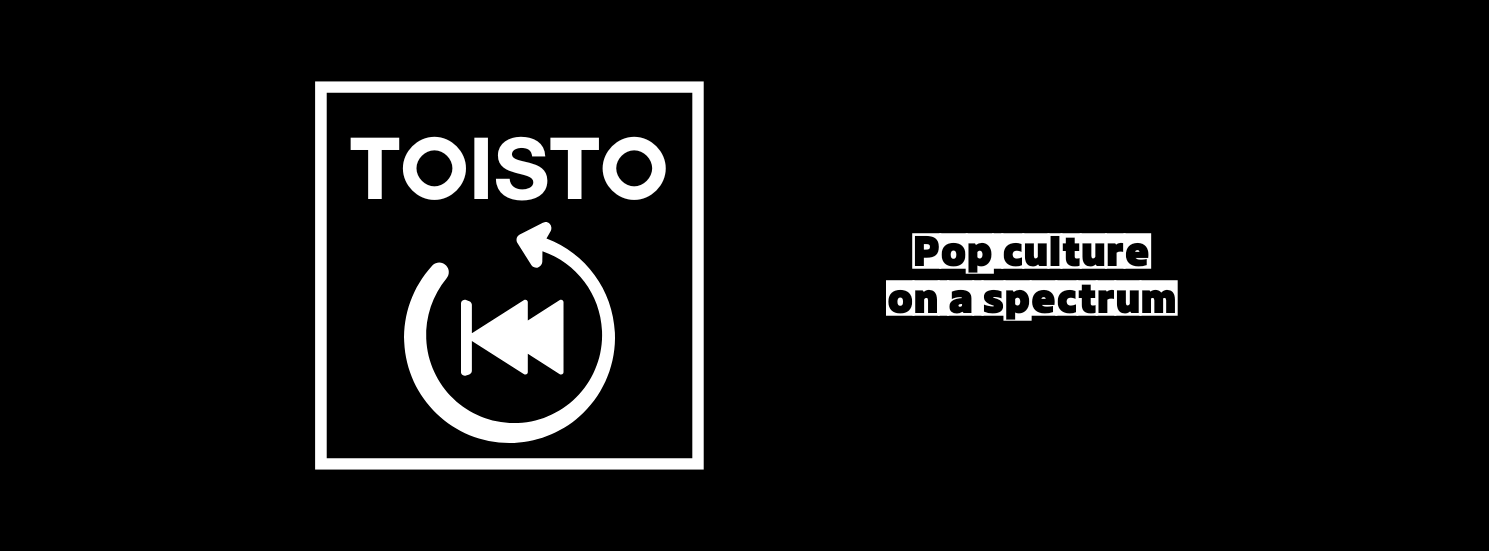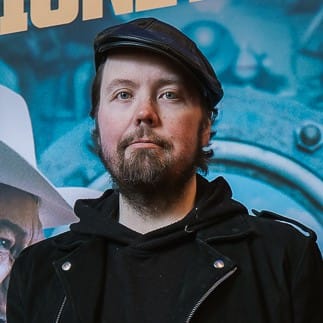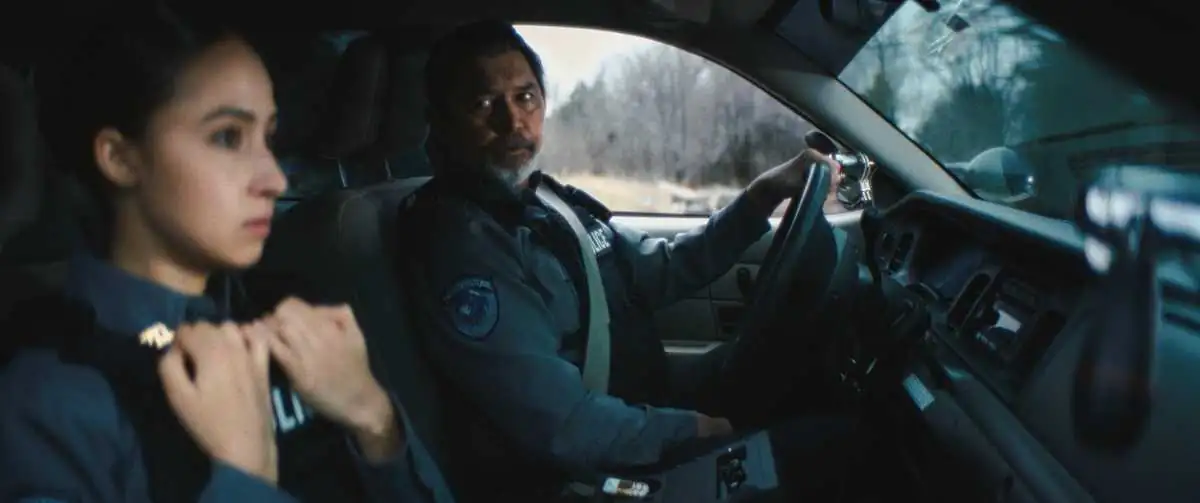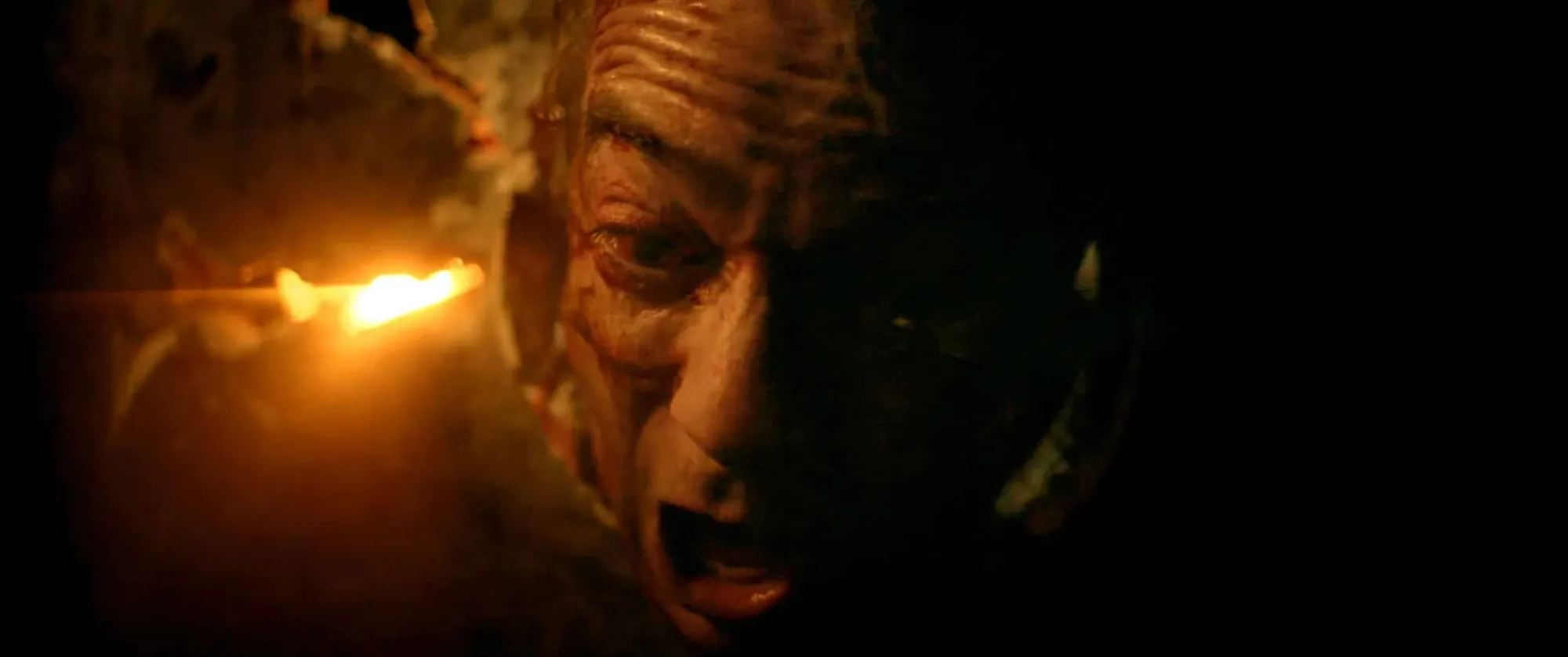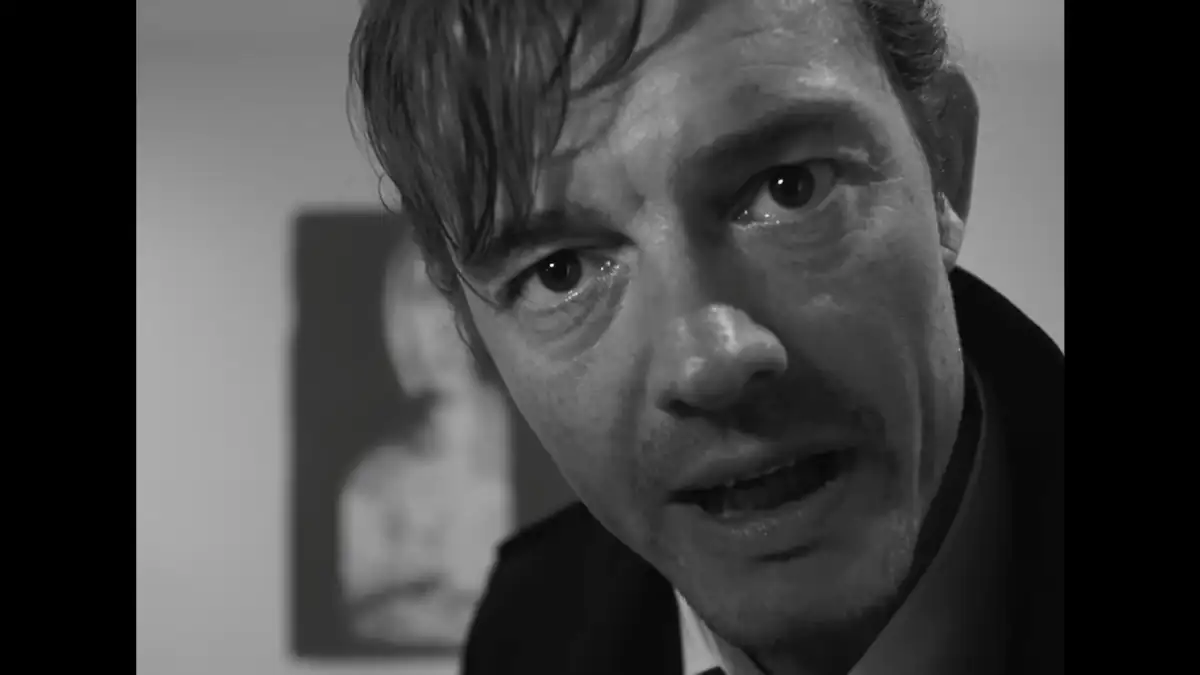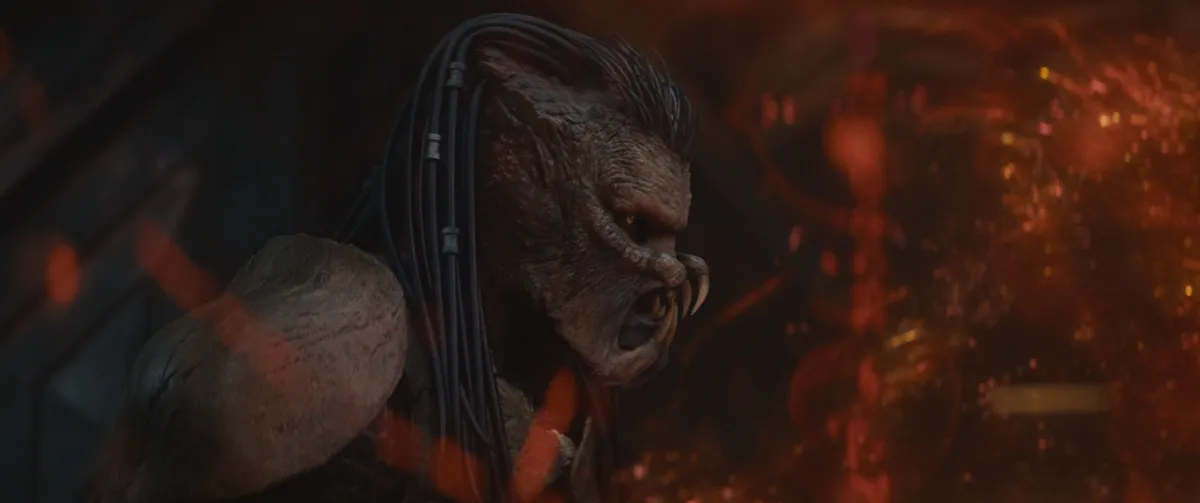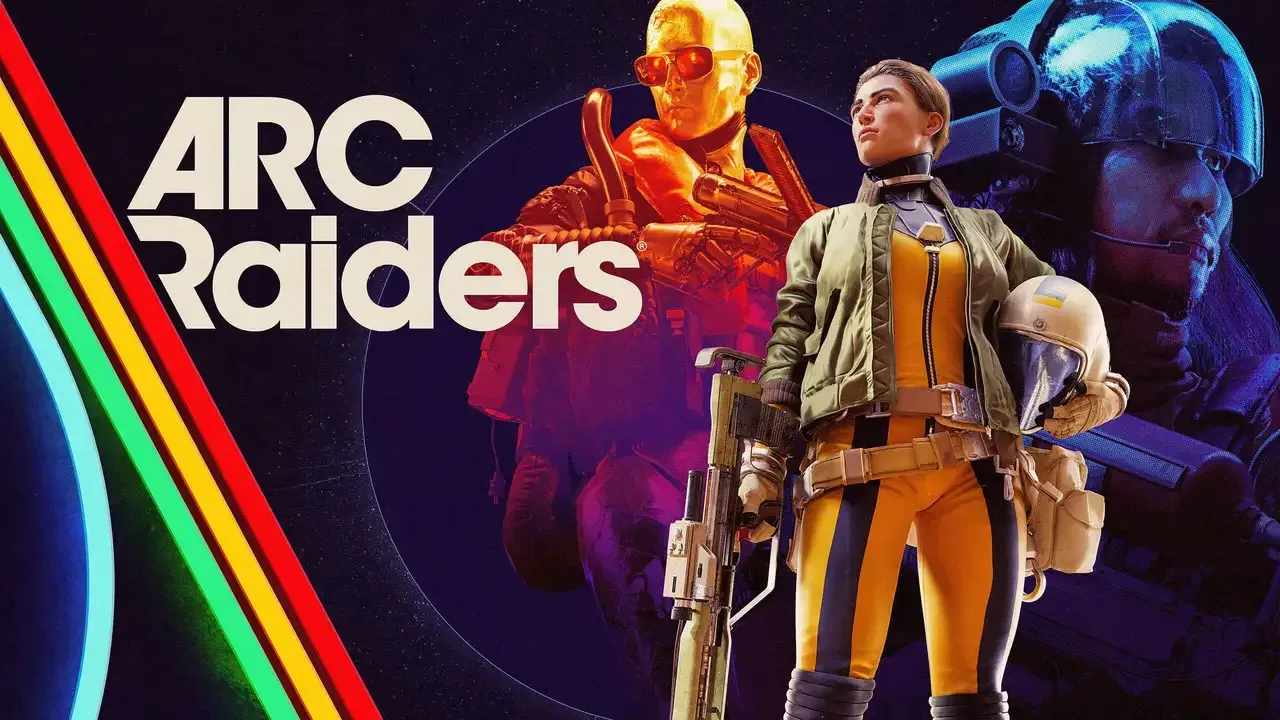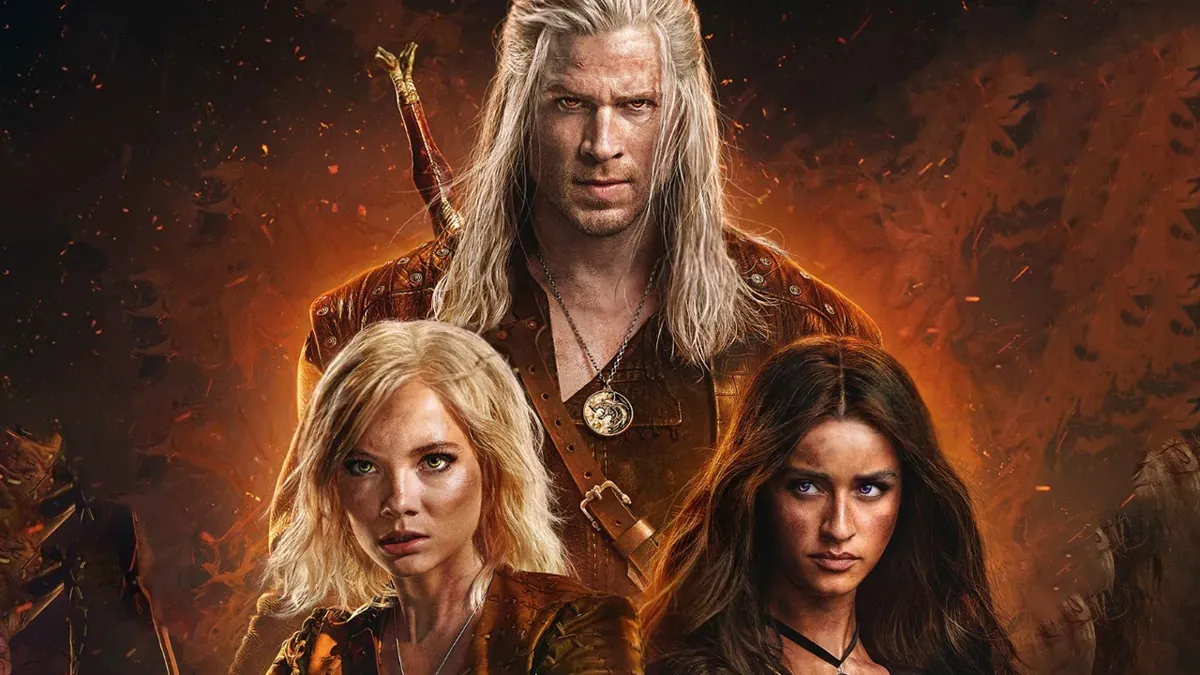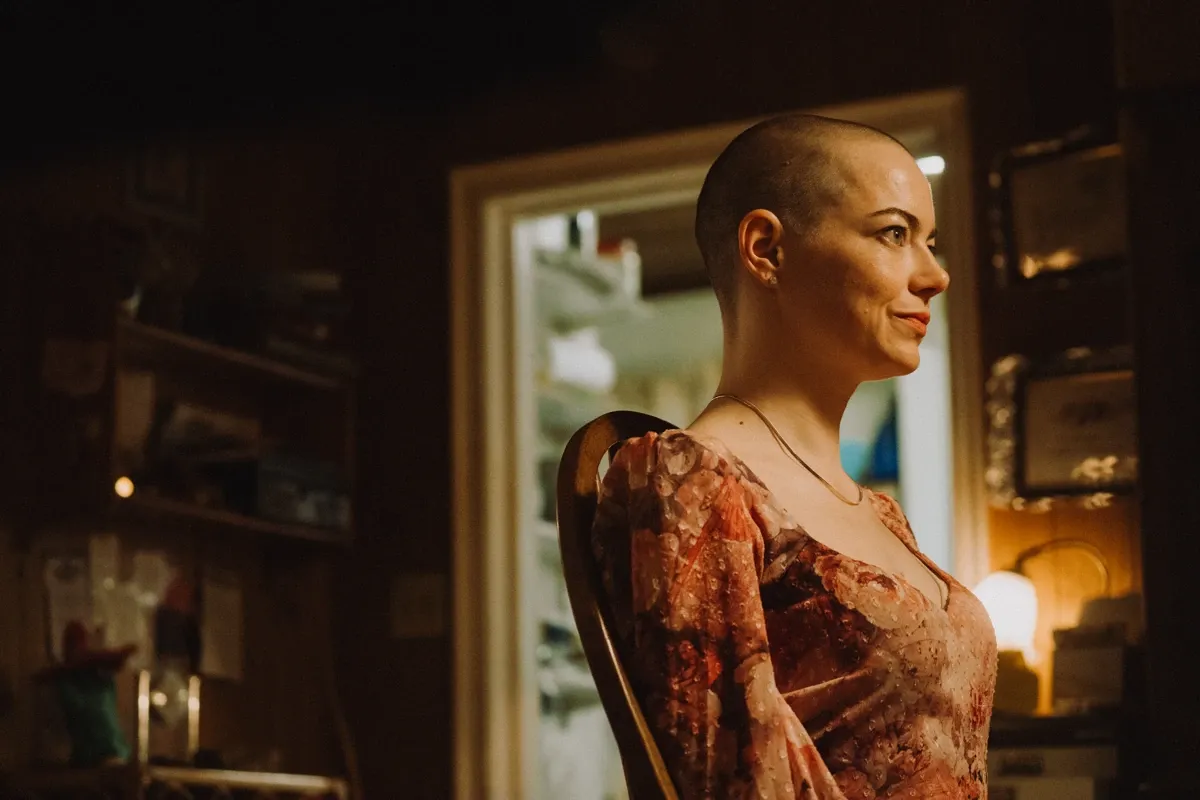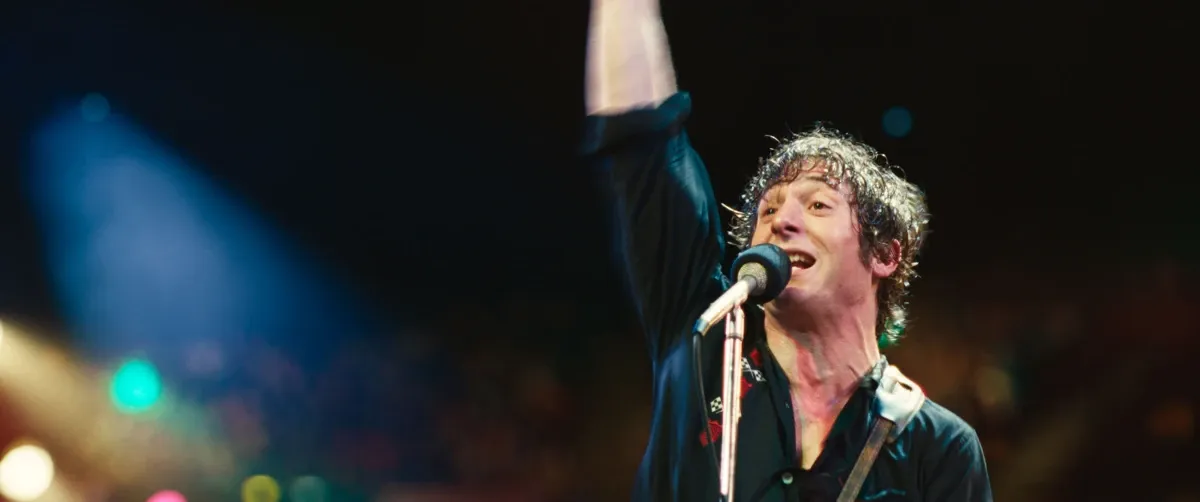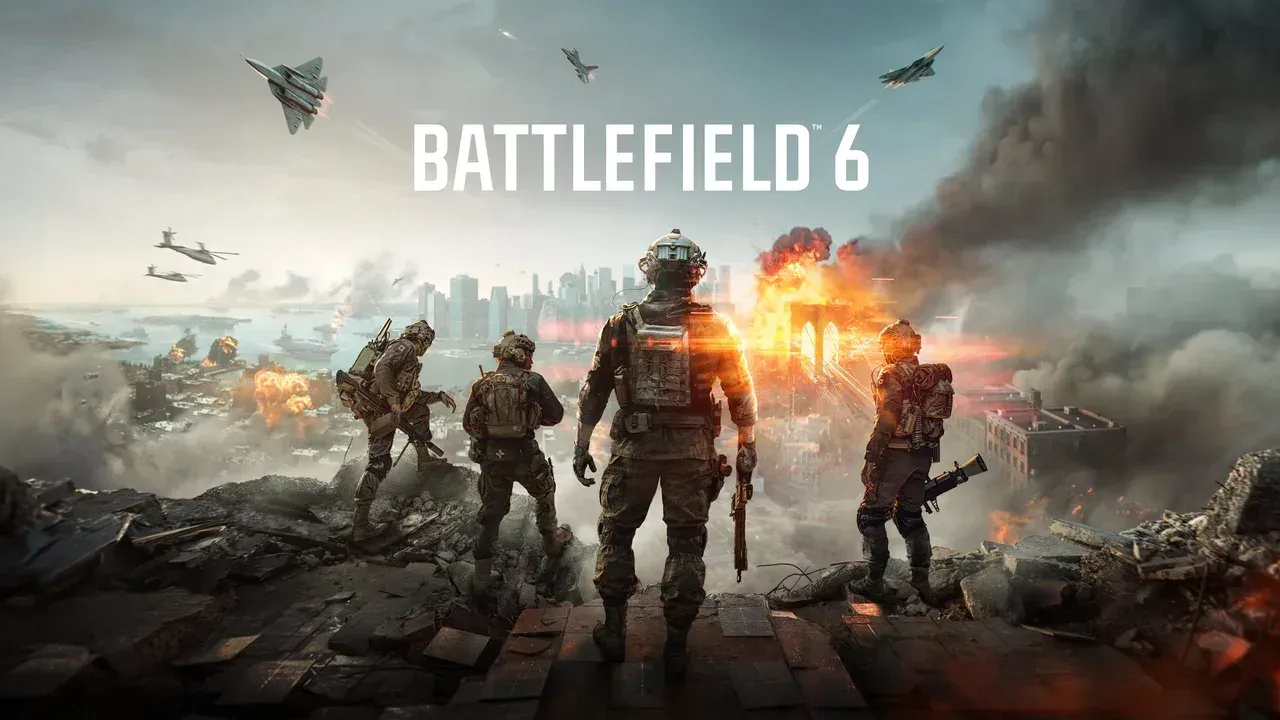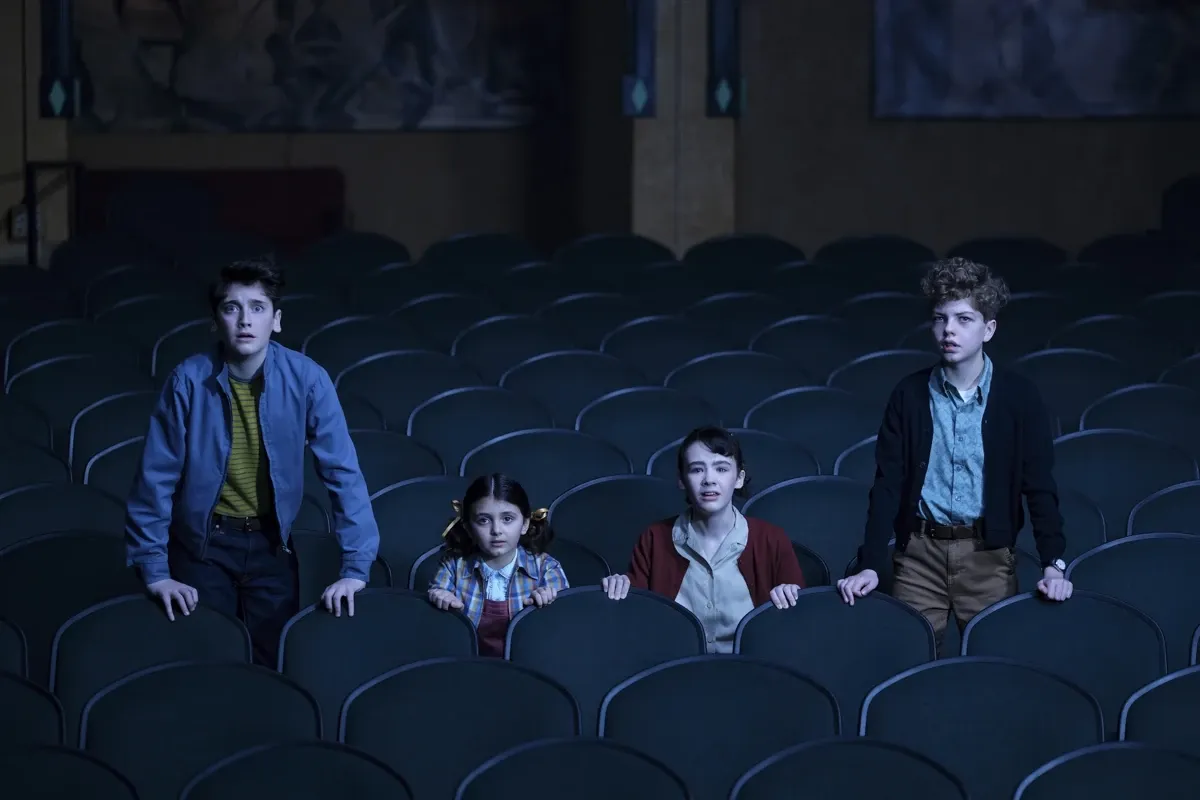Films like Mission: Impossible live and die by suspension of disbelief. As long as the action is entertaining and the stars charismatic, it’s amazing how much audiences will accept even as the story spins the hokeyness into overdrive.
But eventually such things always lead to diminishing returns. At some point, no matter the production value, there is a point where the wow-factor just isn’t enough anymore.
Which isn’t to say that Mission: Impossible – Dead Reckoning Part One is not entertaining. Far from it. By all accounts, it is precisely what it promises to be: a thoroughly exciting showcase of amazing stunts, beautiful people in gorgeous locations, and baffling acrobatics from one of the last global superstars.
And yet, following the near-perfect action thriller that is Mission: Impossible – Fallout, Dead Reckoning feels less than the sum of its parts.
The reason for that is twofold. Firstly, Dead Reckoning is only the first part of two films and, at two and a half hours in length, is wildly overlong. By the time we reach the finale, it feels like the entire film could have been just an opening preamble. The kind of setup adventure we see before the opening credits.
Secondly, the plot doesn’t make a lick of sense. And yes, I understand the argument that Mission: Impossible films aren’t made for things like plot. They’re excuses for globetrotting sexy espionage. I dare anyone to coherently explain the story of any previous film in the series and not break into hysterics.
Which brings us back to diminishing returns. After two decades of spy shenanigans, there comes a moment where the ludicrousness reaches a tipping point. For me, it’s pitting Ethan Hunt against a rogue AI.
Dead Reckoning’s plot is a contrived series of technobabble and IT ignorance. In it, a computer virus gains sentience and goes rogue, earning the title of The Entity by global authorities.
Described as a doomsday device that can access everything, do anything, and be anywhere it wants to the point of effectively predicting the future, The Entity can only be stopped by acquiring its source code, which gives the power to either control or destroy the parasitic digital creation.
Complicating matters are a missing Russian submarine and a cruciform key to unlocking something within it. As Ethan and his team race to find the interlocking pieces to the key, they must also discover what they key unlocks – and where.
How much you’ll enjoy Dead Reckoning depends entirely on how many questions you had reading that plot description. If you couldn’t help but wonder what the key and the AI have to do with one another, or why everyone is racing after a secondary MacGuffin when the source code is right there, you’ll probably have the same hangups as I did.
On the other hand, if such things don’t bother you, Dead Reckoning will be a hoot.
Neither of these is a bad thing.
But in prior Mission: Impossible films, I didn’t stop to think about these kinds of things. It didn’t matter that Hunt’s plan to infiltrate the Kremlin with a fake wall and a mask was ludicrous and silly. I couldn’t care less that climbing the Burj Khalifa was Hunt’s idea of a solid plan to get into a server room one floor below his.
That’s because their outlandishness goes hand in hand with the dramatic strength of the story. In both cases the plot drove the action. We knew the plans were drastic and stupid, but they were also driven by necessity. There was a reason to the madness, no matter how flimsy.
In Dead Reckoning, that flimsiness is so pronounced you can practically see the bubblegum holding the plot together at its hinges. When the enemy is an all-powerful, all-knowing Entity that can literally do anything it wants, the plot and the stakes become meaningless.
It no longer feels like a scenario where Hunt will win by his smarts, but by the convenience the script dictates him to. So, in turn, the action sequences feels like they’re padding a one-sided conflict. The people out to stop Hunt are all meaningless. Remove any one of them and the film remains the same. An entire major action set piece is so irrelevant that if you cut it completely, nothing in the story changes.
The story no longer drives the action, and action without story, no matter how dazzling, makes for dull viewing.
Another particularly jarring moment comes midway through the film. Hunt and his team must chase one of villains through winding streets in an unfamiliar city. Just moments ago, they’ve established that the AI can do anything and be anywhere at any given time. For reasons unexplained, they put their faith in the same digital instruments they just explained were untrustworthy.
It’s one of the times that calls for the suspension of disbelief. There must be a reason why they’re doing this. But it doesn’t work, because Dead Reckoning spends so much of its runtime explaining things to the audience. Every scene that isn’t an action sequence is a collection of people in a circle telling each other what just happened in the story.
Often, they do so by finishing each others sentences – even when it’s a bunch of strangers meeting for the first time.
This is the kind of clunky expository dialog that even veterans struggle to get through unscathed. It’s information that characters already know, delivered in such a graceless manner that even those who are looking at their phones can keep up.
Which, in turn, forces Dead Reckoning into odd tonal shifts and a bumpy pacing reminiscent of a car with gear trouble. Every time you think it’s finally picked up the pace, it knocks back into a slower speed without warning.
In a sense, it’s a marvel that despite all of this, Dead Reckoning is still an entertaining film. To extend the car metaphor, it’s the kind of comfortable ride that’s so familiar you’re willing to put up with the inconveniences, because you know how good it gets when it’s firing on all cylinders.
But Dead Reckoning also suffers from that familiarity. It’s a victim of its own high standard. By now, we know how superlative the Mission: Impossible series can be. Anything less feels like a step down, and a step down felt unthinkable until now.
It’s more than likely that Dead Reckoning Part Two will smooth things out when it releases next year. After all, judging an unfinished story is unfair. But that’s an issue of its own making. This is not a story that requires two films, and splitting them a year apart and five hours in length is foolhardy.
Because right now, most of Dead Reckoning is a lot like spinning plates. Yes, it’s still a visually impressive trick that requires expert coordination and discipline. Sure, it’s spectacular that most of the plates are on fire. And yes, I will happily come and see what happens in the finale.
But it’s still just a bunch of spinning plates.
